Do you have plans to explore the Netherlands by car? Becoming familiar with the country’s road signs and markings will allow you to feel more prepared and therefore more confident about driving on Dutch roads.
The Netherlands follows the Vienna Convention on Road Signs and Signals, so its signage is consistent with European standards. This means that if you’re already familiar EU road signs, many will look familiar. However, there are some Dutch specific road signs that are worth noting so you aren’t caught off guard.
Here’s a quick overview of the shapes and colours of Dutch road signs:
- Triangular signs bordered in red and white are used to warn of possible hazards ahead such as sharp bends, pedestrian crossings, animal crossings or roadworks.
- Red-bordered circular signs indicate prohibitions or restrictions including speed limits, vehicle type bans or weight restrictions.
- Blue circular signs give mandatory directions, for example indicating which way to travel, when to turn left or when to keep right.
- Square or rectangular signs provide general information such as motorway directions, tourist destinations, rest areas or nearby services.
Essential Dutch Road Signs
| Low Emission Zone | Cyclist Priority Over Cars | Beginning/End of Built Up Area |
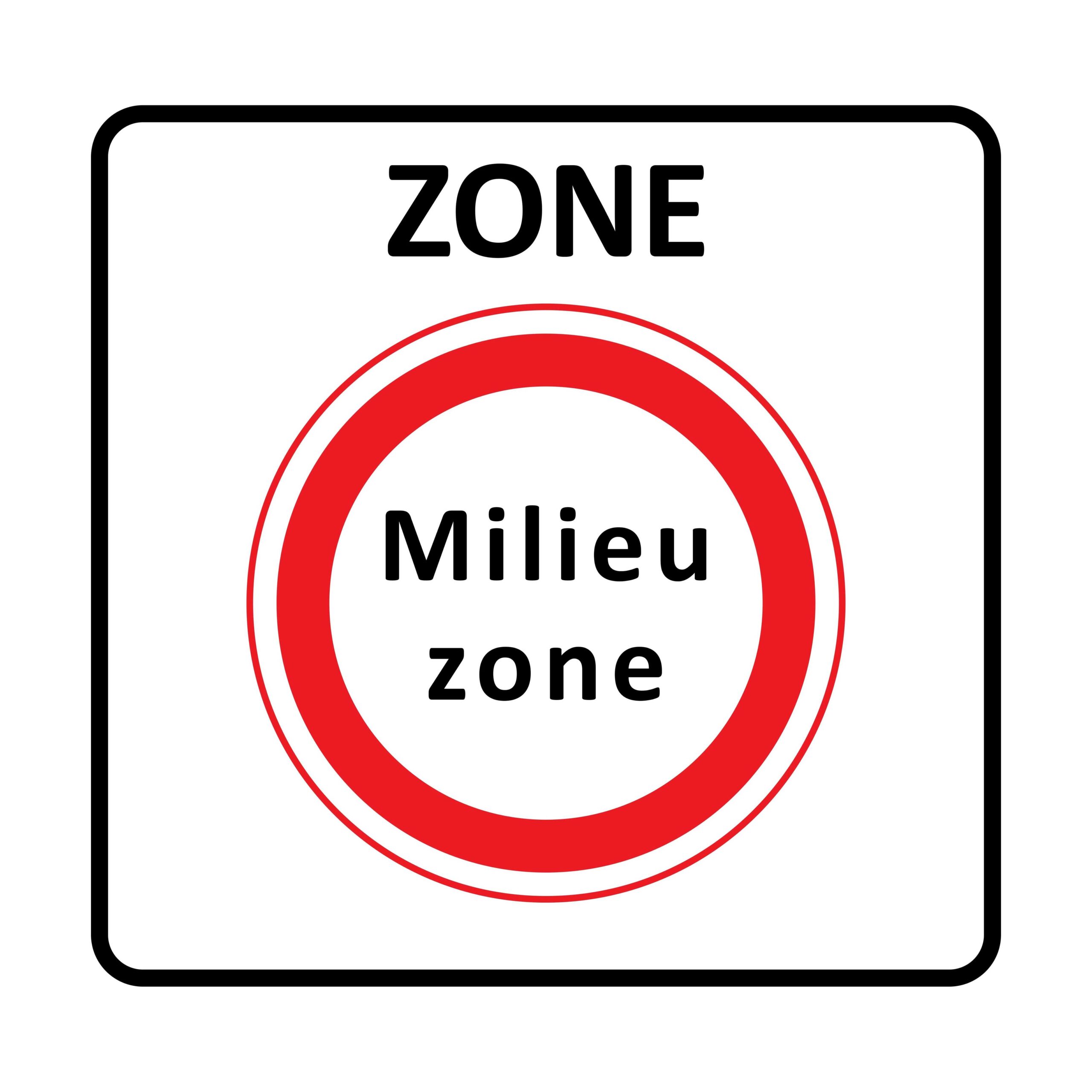 | 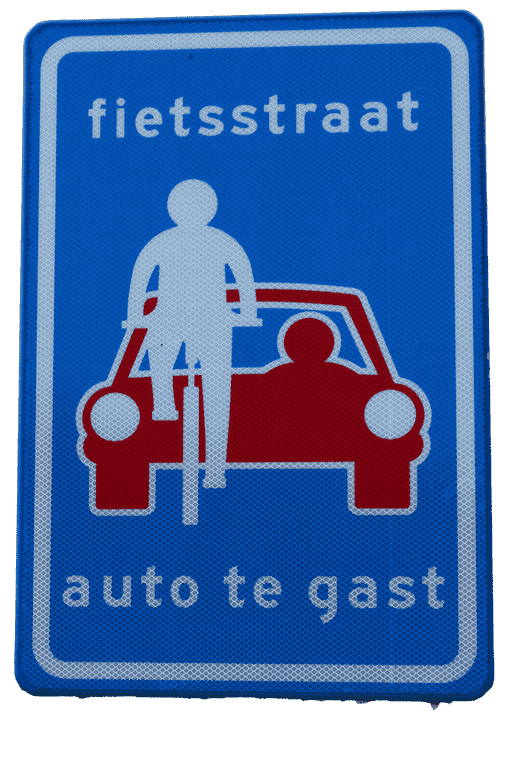 | |
| The Milieuzone signals the beginning of the low emission zone where certain colder petrol or diesel are not allowed. Whether you can enter or not depends on your vehicle’s Euro emission class and these zones are common in major Dutch cities like Amsterdam, Utrecht and Rotterdam. | Fietsstraat translates to bicycle street and means that bikes have priority. Cars are allowed but you must drive slowly and yield to cyclists at all times. | A blue rectangular sign with the name of place on it such as ‘Helmond’ indicates you are driving into a built up area which is likely to have a maximum speed limit of 50km/h. The same sign with a red diagonal line through it means the built-up area is ending. |
| Stop | Speed Limit | No Parking/No Stopping |
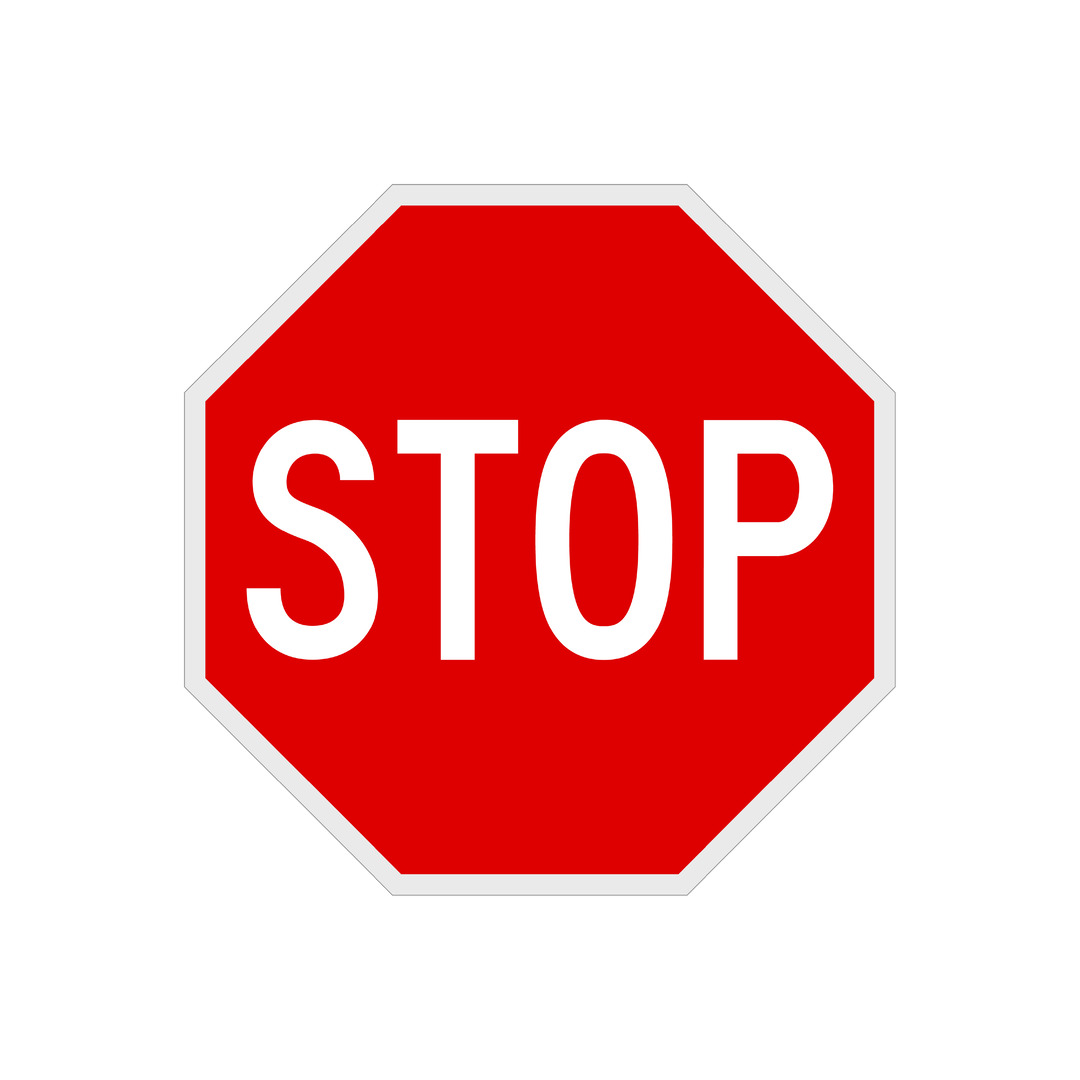 | 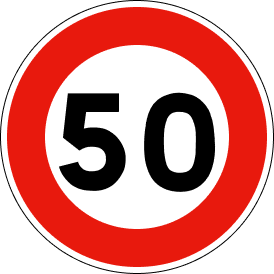 | 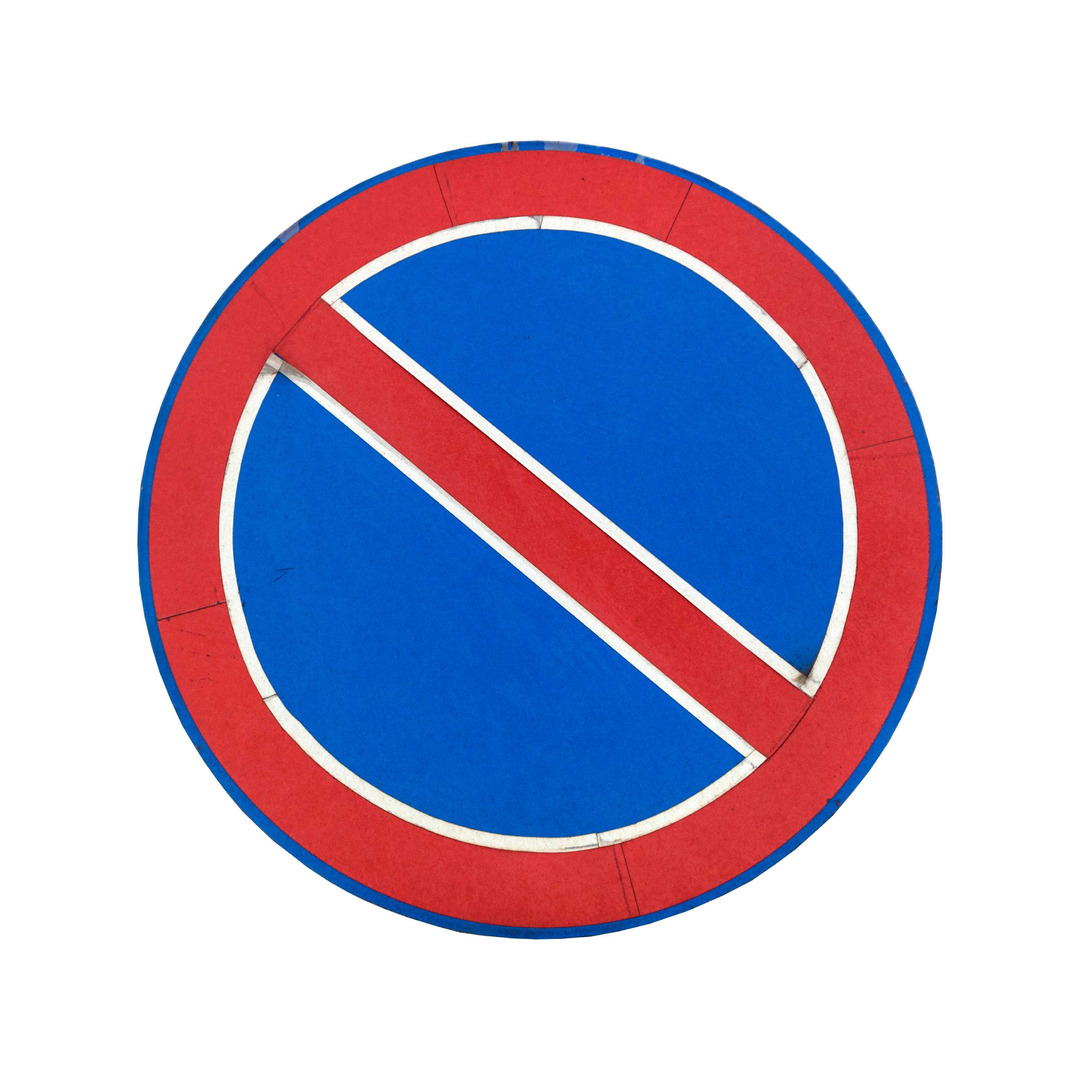 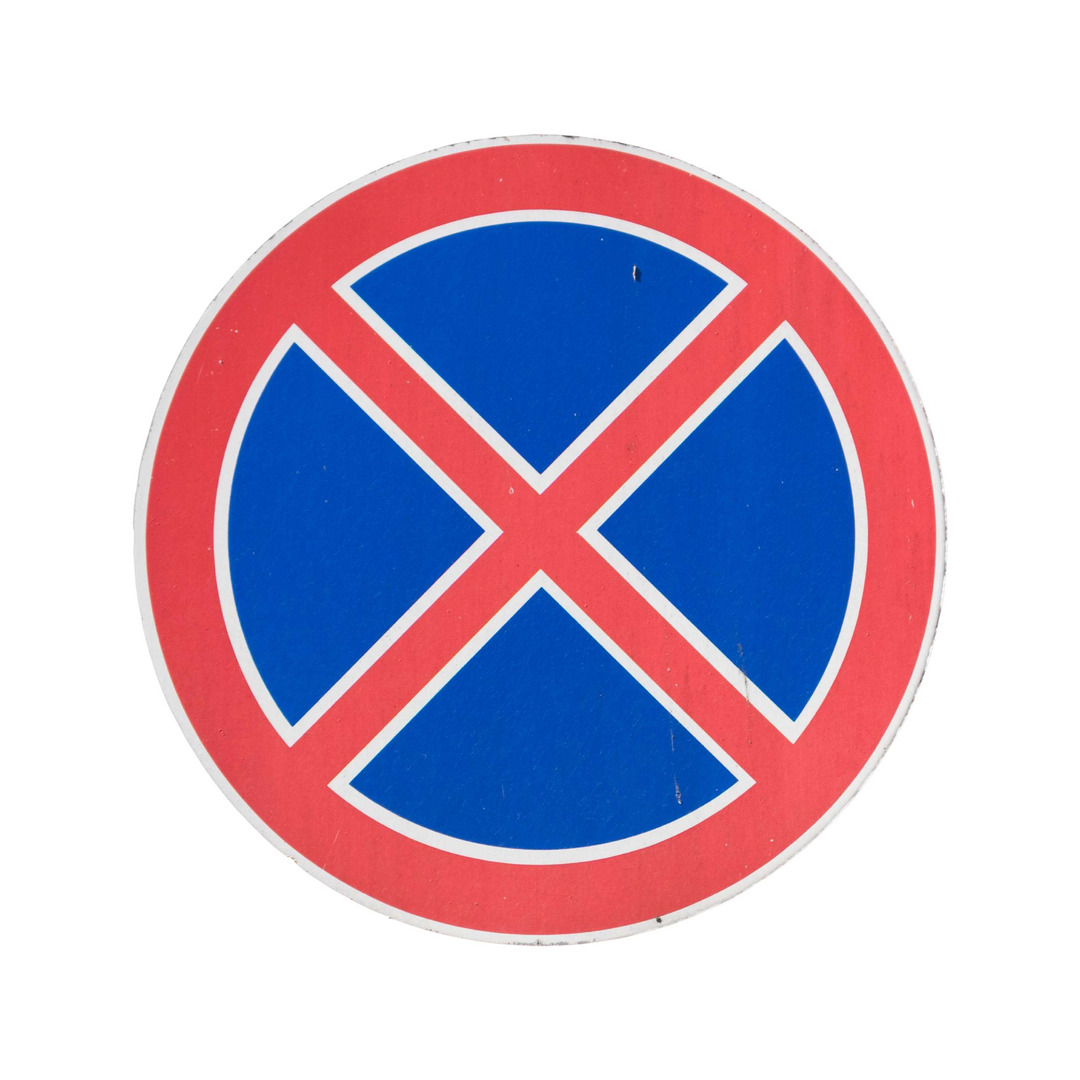 |
| A red octagonal sign with the word ‘Stop’ means you need to come to a complete stop at the upcoming junction. It may have the Dutch word ‘Einde’ on it but the rest of the sign will look the same. | The speed limit signs in the Netherlands are the same as in most countries – a red circle with a black number displayed in the middle. This number will refer to km/h. | A blue circular sign with a red border and a single diagonal stripe indicates ‘No Parking’. If the same sign displays a red cross instead of one stripe, it means ‘No Stopping’. |
| No Entry | Priority Road Starts/Ends |
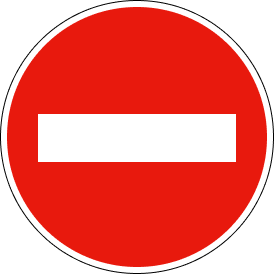 | 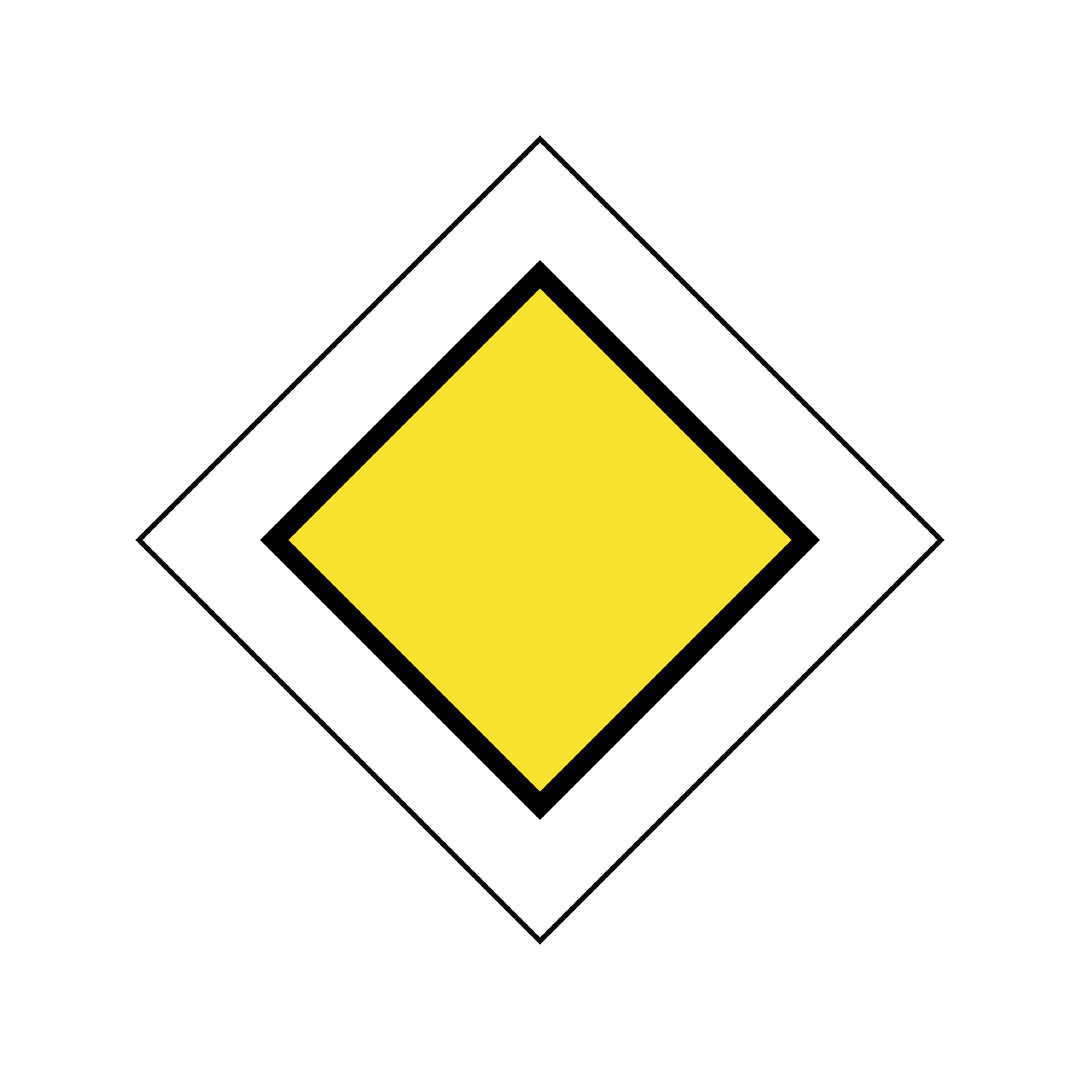 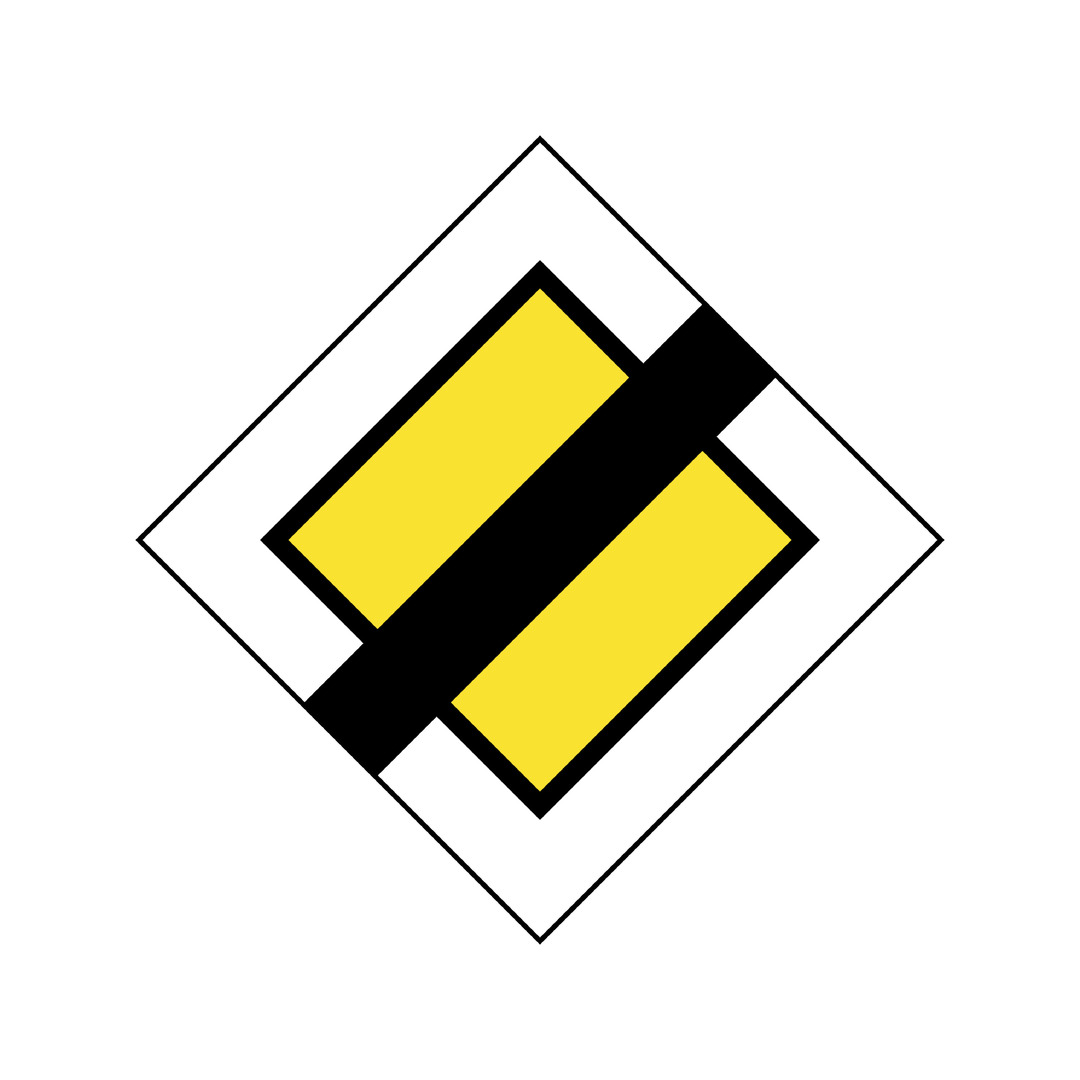 |
| The familiar red circle featuring a white horizontal bar signals ‘No Entry’ – vehicles are not allowed beyond this point. | A yellow diamond marks a priority road. The version of it crossed with a black diagonal line shows the end of that priority. |
Dutch Road Markings
The road markings in the Netherlands follow European standards although there are some specific to the Netherlands:
- Broken white line: Divides traffic lanes or indicates where overtaking is allowed and drivers may cross when safe. Shorter, closely spaced dashes warn that a solid line is coming up or that changing lanes will soon be prohibited.
- Solid yellow line: Is painted along the kerb or roadside and means that both parking and stopping are prohibited.
- Broken yellow line: Found along the kerb and means parking is not allowed but stopping briefly to drop off or pick up passengers is.
- Yellow zigzag line: Usually seen before pedestrian crossings, schools, or junctions and mark a no-stopping zone to keep visibility clear for pedestrians and cyclists.
Cycle Lanes and Cycle Paths in the Netherlands
The Netherlands has an extensive network of dedicated cycle routes with each them being clearly marked and protected. Understanding the markings is essential to avoid fines as well as any conflicts with cyclists.
Cycle lanes on the roadway are marked by a red-coloured surface and a painted white bicycle symbol. A broken white line means cars may only use the lane to turn or temporarily avoid an obstacle. A solid white line means vehicles must not enter or drive on the lane under any circumstances.
Other lanes for buses, trams and emergency vehicles are clearly marked and reserved for those users only. If you enter these lanes without permission you are likely to receive a fine
Final Thoughts
As well as learning Dutch road signs and road markings, you should read up about road rules and regulations in the Netherlands as well as considering an excess insurance policy for hire cars. This protects you from high excess costs if your rental car is damaged or stolen allowing you to enjoy your road trip across the Netherlands to the fullest.



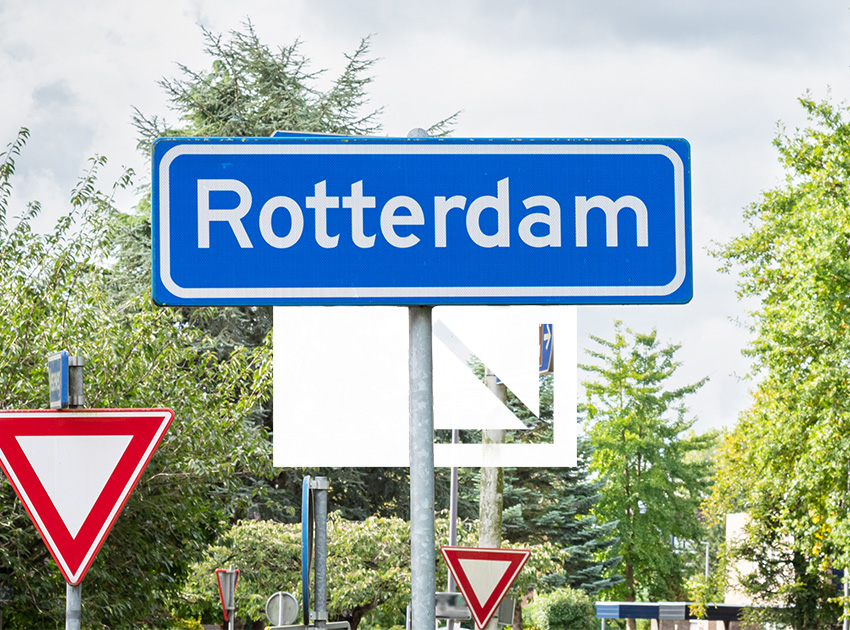
Comments are closed